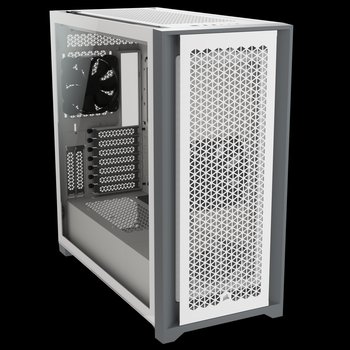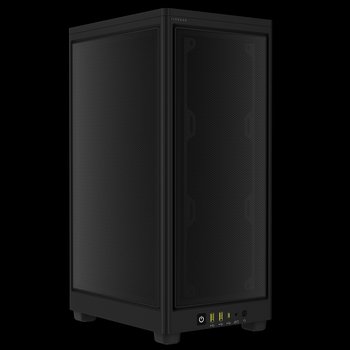Lesson 2 is now underway. Now that we've squared away PC case sizes and form factors, we're going to talk about cooling and noise. Arguably just as vital, and these factors can really affect the user experience down the line.
Cooling and noise go hand in hand.
When your computer is struggling to keep temperatures low enough to deliver the performance you demand, the fans crank up to their highest speed (and noise).
PC cooling is all about getting air into the case where it can cool the components and getting the hot air out of the case. Your graphics card, CPU cooler, motherboard, and power supply all need airflow to function optimally, and either come with their own fans or rely on case fans to direct air over the hot components, or their coolers.
Your case should have at least two case fans, but performance PCs benefit from every additional fan, both to better cool components and reduce noise.

Higher performance in a computer inevitably comes at the cost of increased noise levels. The primary source of PC noise are fans, and the more heat your PC generates, the faster (and louder) the fans need to spin to maintain acceptable temperatures.
The only way to achieve quiet performance is scaling the cooling system of your PC to a level where fans don’t need to spin at high RPM. Your case choice defines how large your radiators are (and with custom cooling, how many you have), as well as how many fans you can install. Twice as many fans will spin at half the speed, which is how you get to the high performing but quiet PC.

The ICUE LINK H150I LCD AIO is a great choice for those who want a cool, quiet PC, without wanting to create a custom cooling loop themselves
To provide high airflow to cool your PC and keep it quiet, you should look for cases with lots of open (usually mesh) panels. Ideally, all these surfaces should be equipped with case fans, which will keep internal temperatures under control and fans spinning slow enough to be extremely quiet.
Lots has been said in the DIY community about positive pressure (more intake fans than exhaust), negative pressure (the opposite, with more exhaust fans), and what difference they make. Generally, cases are full of gaps where air can pass through, so you should aim for positive pressure. This lets you control how much dust gets into the case by inputting air through fan mounts with air filters.


When it comes to quiet performance, nothing beats a custom cooled PC. Custom cooling equips your CPU and GPU with water cooling blocks. Those can then be connected to multiple radiators to maximize how efficiently the generated heat is removed from the case.
If you’re planning on custom cooling your PC, make sure to use the custom cooling configurator, which will verify all your performance and fit requirements.
PRODUCTS IN ARTICLE